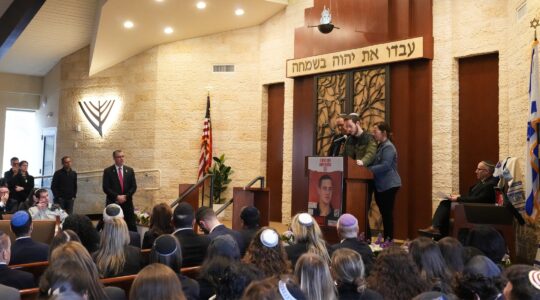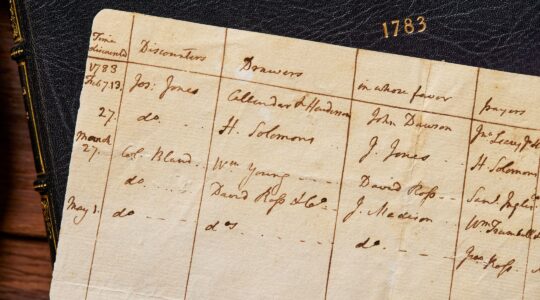The Holocaust memorial at Bergen-Belsen has opened a new documentation center.
The center features recorded testimony from many survivors of the former concentration camp. The opening of Holocaust-era archives in 1990 allowed the camp’s history to be documented, starting with its use by the Nazis as a concentration camp and ending as the largest displaced persons camp for Jewish survivors after the war.
Individual survivors and associations of survivors provided personal documents and items that they had saved for decades for use by the new documentation center. In addition, 340 survivors agreed to be interviewed extensively.
The redesign of the memorial cost about $18 million, which was split by the federal and state governments.
Christian Wulff, governor of the state of Lower Saxony, addressed some 1,000 guests – including 100 survivors – at Sunday’s opening events. Wulff said the new material would help ensure that the “chain of memory” would never be broken. Individual testimony also helps bring visitors closer to understanding what happened there, he said.
Some 20,000 Soviet prisoners of war died in the camp, and 52,000 others died there from hunger and disease. Bergen-Belsen was liberated on April 15, 1945. It was the first such camp that the Nazi SS was unable to disband before Allied troops arrived.
JTA has documented Jewish history in real-time for over a century. Keep our journalism strong by joining us in supporting independent, award-winning reporting.





